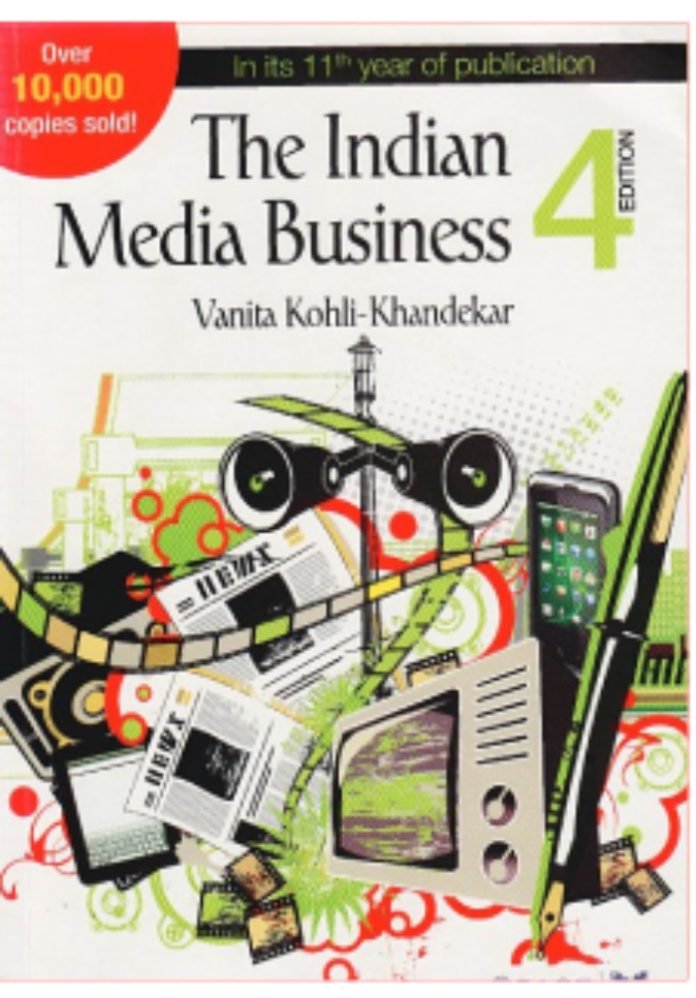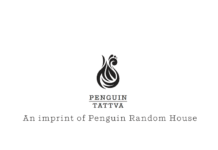
Can news only survive as a patronage industry? It seems it is impossible to get goodquality, unbiased news unless it is funded by someone who doesn’t have a profit motive. Of the three global examples of ‘good-quality’ news brands, one is funded by a trust (The Guardian), the other by taxpayers (BBC) and the third by a benevolent state (Al Jazeera).
Charlie Mr Beckett isthe founding director of POLIS, a think tank for research and debate on international journalism and society. POLIS is part of the London School of Economics’ media and communications department. Mr Beckett reckons: “News has never paid except perhapsfor the FinancialTimes or The Economist.Thatis because they deliver hard newsfor people who are making money from that information. With that exception there has always been a cross-subsidy. News has always been bundledwith something else that makes money, like cable.The only reason I buy Sky is because ofthe cinema it offers.If you told people, ‘pay licence feesfor BBC News,’ theywon’t.Butthey pay for a bundlewhich has drama, radio and other entertainment.”
Beckett is stating what has been evident ever since digital media hit the news business. That the aggregated news model that helped the news media survive through the golden sixties, seventies and eighties is being phased out by a disaggregated digital world. That the growth in digital media, though commendable, does not finance — or subsidize — professional content the way offline does. As audiences move online and advertising revenues don’t, all the brands that generate some of the best content will either shut down or scale down their investment in content generation, or get into other businesses (eCommerce, for instance) in order to fund good content.
Incidentally, pure news created only for online disseminationalso doesn’t make money almost anywhere inthe world.Ask allthe entrepreneurswho got into ‘pure content’ plays, asinvestors callthem.Better still, check ifthe portals ofleading newspapers or newsTV brands make money— most don’t. The point? News has to be bundled, subsidized or funded in a way that allows for the high costs of generating large amounts of quality reportage. Digital media is gathering users who are increasingly growing up on a diet of free news from media brands that are spending millions of dollars generating it. As those media brands bleed to death, what are the alternative models for professionally generated content? Once the last of the ‘old media brands’ dies, what will this legion of readers on Google or other sites be fed
The State of the News Media 2012, the Pew Research Centre’s annual report on the state of American journalism, offers research on the linkages between the business of newspapers and its impact on journalism. It states that total newspaper revenues in the United States fell from US$ 58 billion (`3,54,000 crore) in 2000 to about US$ 34 billion (`2,07,000 crore) in 2011. This includes advertising on newspaper websites US$ 1.2 billion (`7,300 crore) and circulation revenues, which are stagnant at about US$ 10 billion (`61,000 crore).
Newspapers have been forced to cut costs of everything, including content. So foreign bureaus have shut, and reporters and editors are multitasking. More than 28% of the staff at newspapers have been let go over the period of a decade. In 2011, a report quoted media economist Robert Picard as saying that wage levels, apart from at the top tier of organizations, are falling and will continue to fall and that a gradual ‘deskilling’ of journalism is in progress.
The impact this has on the quality of journalism is evident. It is impossible for editorial budgets today to fund the kind of reportage that broke, say, the Watergate scandal. Asthe business around which hard, professionally generated news and analysis were built disaggregates and eventually disintegrates, the question arises: who can fund professional journalism? News organizations are coming up with some answers — such as getting more from pay revenues online, and getting Google to pay news organizations a share of revenues (asin France). Neither has made a dent in the revenue loss
Funnily enough,for a profession that is aboutindependence, the only practical answer isthe rise of ‘patronage’ investors—a la the arts— who think that professional journalism needsto survive.The Jeff Bezos Washington Post deal is an example of such patronage. Mr Bezos, according to an account, believesin the kind of journalism that The Washington Post practises and he would like to see it survive. So he has invested money and will now invest his time in making it work.In the 15 months ending December 2012, Warren Buffett’s Berkshire Hathaway bought 28 news papersfor US$ 344 million (`2,100 crore).And Mr Buffett is still buying. His letter to shareholders gives a longwinded explanation
This, then , throws up the next question: these are patrons because they grew up on good-quality news media; what will happen when the world runs out of them?

















